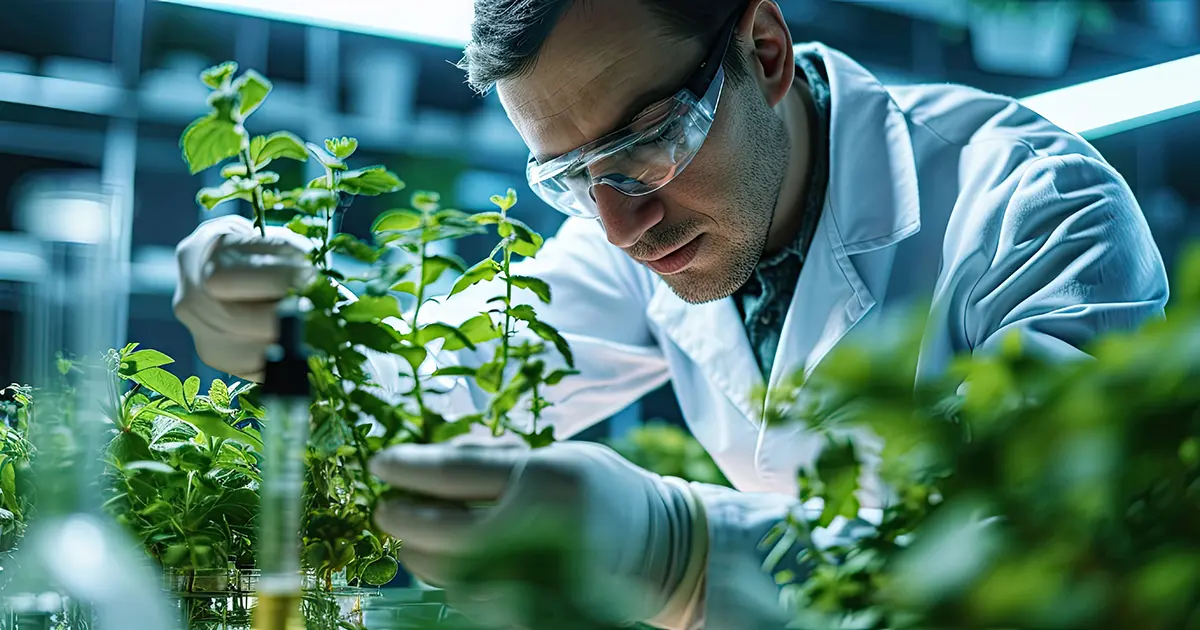Botany & LIMS: Cultivating Efficiency and Discovery in Plant Science Research
The field of botany, dedicated to the study of plants, is experiencing a renaissance driven by technological advancements. At the forefront of this transformation is the Laboratory Information Management System (LIMS), a software solution that streamlines workflows, enhances data management, and accelerates research in plant science laboratories. This article delves into the critical role LIMS plays in modern botanical research, highlighting its benefits, applications, and future potential.
LIMS: The Digital Backbone of Botany Laboratories
LIMS serves as the digital backbone of botany laboratories, providing a centralized platform to manage the vast amounts of data generated throughout the research process. It offers a comprehensive suite of tools and functionalities that streamline operations, ensuring efficiency, accuracy, and compliance.
Key Features and Benefits of LIMS in Botany
- Sample Management: LIMS tracks plant samples throughout their lifecycle, from collection in the field to analysis in the lab. This ensures traceability, maintains a comprehensive history of each sample, and facilitates efficient retrieval and sharing of data.
- Experiment Management: LIMS enables botanists to design, document, and execute experiments with precision. It tracks protocols, records observations, and stores results in a structured format, fostering reproducibility and collaboration.
- Data Analysis and Visualization: LIMS offers robust tools for analyzing complex botanical data, generating insightful reports, and creating visually appealing graphs and charts. This empowers researchers to uncover patterns, identify trends, and make data-driven decisions.
- Inventory Management: LIMS helps botanists track plant specimens, seeds, reagents, and other lab resources, ensuring optimal inventory levels and minimizing waste.
- Regulatory Compliance: LIMS helps ensure adherence to regulatory standards and guidelines, such as those related to genetically modified organisms (GMOs) or plant health, safeguarding research integrity and facilitating collaborations.
LIMS Applications in Botanical Research
LIMS plays a crucial role in various botanical research areas:
- Plant Breeding and Genetics: LIMS helps manage breeding programs, track genetic lineages, and analyze phenotypic and genotypic data to accelerate crop improvement.
- Plant Physiology and Biochemistry: LIMS aids in the study of plant processes, such as photosynthesis, growth, and development, by managing experimental data, monitoring environmental conditions, and analyzing biochemical parameters.
- Plant Pathology: LIMS tracks plant diseases, identifies pathogens, and monitors the effectiveness of treatments, contributing to the development of disease-resistant crops and sustainable agricultural practices.
- Plant Ecology: LIMS facilitates the collection and analysis of ecological data, helping researchers understand plant-environment interactions and the impact of climate change.
- Ethnobotany: LIMS manages information about traditional uses of plants for medicine, food, and other purposes, contributing to the preservation of indigenous knowledge.
The Future of LIMS in Botany
As technology advances, LIMS is poised to play an even greater role in botanical research. The integration of artificial intelligence (AI) and machine learning (ML) into LIMS platforms will enable predictive modeling, automate data analysis, and accelerate the discovery of new plant species and their potential applications. Cloud-based LIMS solutions will provide seamless access to data and foster collaboration among researchers across the globe.
Conclusion
LIMS has become an indispensable tool for botanists, enabling them to manage complex data sets, streamline workflows, and accelerate discoveries. By embracing this technology, researchers can unlock new insights into the plant kingdom, develop sustainable agricultural practices, and address global challenges such as food security and climate change. The future of botany is intertwined with LIMS, and the potential for innovation and discovery is boundless.


